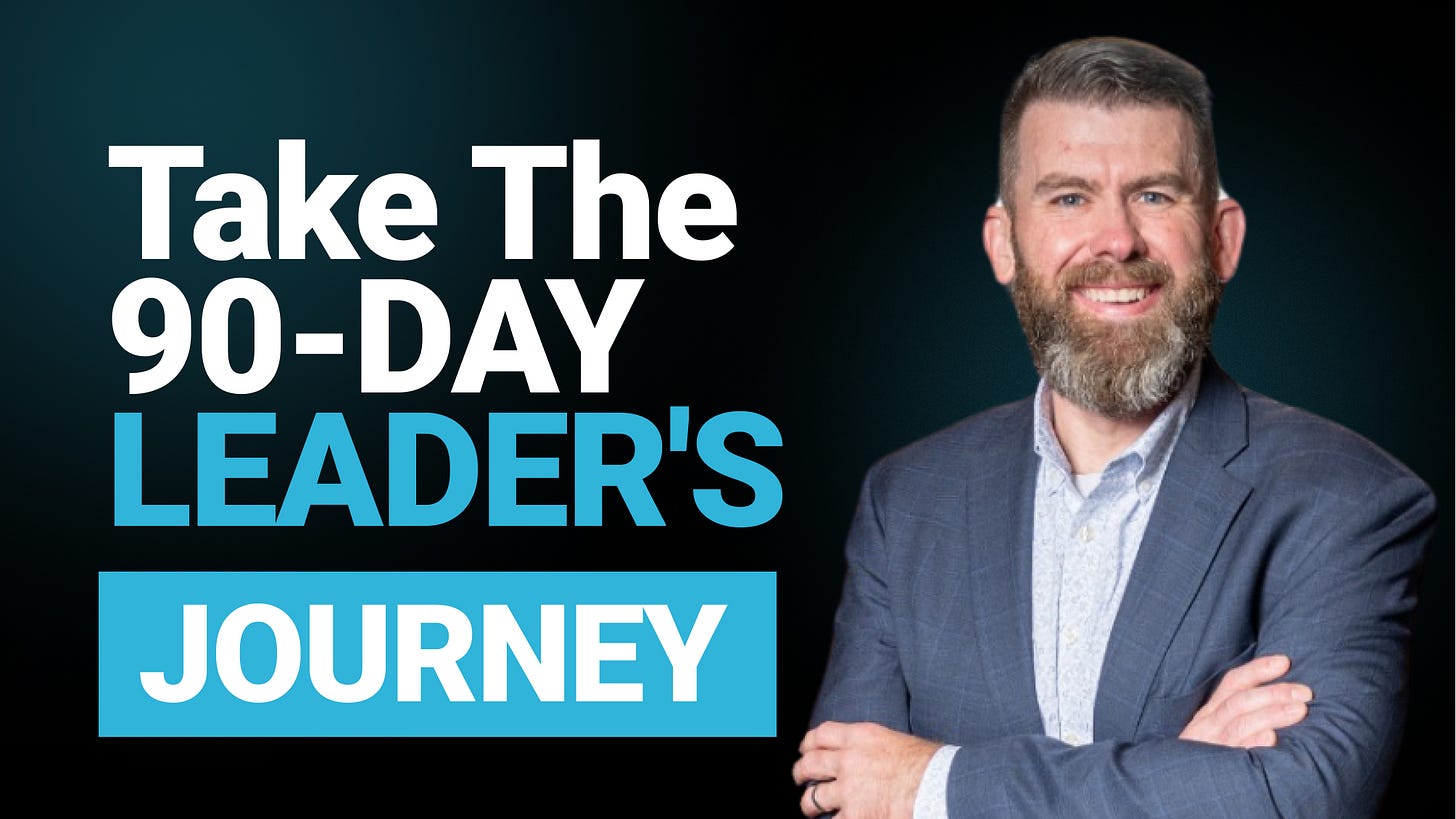We live in a state of constant change. Companies and leaders that want to survive and thrive in the face of ongoing changes must innovate. They must evolve and grow at a pace that at least matches the pace of change around us. Anything less than that, and we risk becoming obsolete in the marketplace.
However, innovation is often stalled due to fear.
Fear of change is a very real and significant challenge for leaders. But what I find is that often leaders don’t truly understand what is driving the fears of those on their teams, and because of that, they focus on solving the wrong things.
Similarly, what most employees on teams don’t understand when it comes to major change efforts and innovations, is that leaders also deal with their own set of fears.
It’s helpful to shine a light on these sets of fears — to ensure that each person in your organization understands why they and others are afraid, which of those fears are warranted and should be addressed, and which of those fears might be unfounded.
Over the last 20 years I’ve led a series of major change initiatives and transformation projects. Through those experiences I’ve learned a lot about my own fears as a leader and those of others across teams.
Here’s what I’ve found employees and teams fear most in any change or innovation effort:
Losing their jobs
Not being able to live up to new expectations
Being asked to do work in ways that are new and uncomfortable to them
Becoming more “corporate” and straying from mission/ministry focus
Being asked to do the impossible
Not being given the chance to provide input on plans and shape them
Not understanding what success looks like or how to achieve it
Making a mistake and being thought a fool
Being assigned work that doesn’t align with the work they were hired to do
Failing you
As you can see, many of these are realistic — and often are truly potential challenges that organizations and individuals face in the midst of change. Great leaders need to step into these fears and have open, honest, and transparent discussions with their teams about the potential of these fears becoming reality and how they as the leader can and will guide the team through these challenges.
Similarly, leaders in organizations also face fears when it comes to change initiatives. Some of those fears are similar to those faced by team members and individual contributors. Some are very different.
Here are the fears most leaders face as they guide teams through major change efforts:
Failing the team
Failing the mission and those you serve
Disappointing people
Harming the culture
Not changing fast enough and becoming obsolete
Having to let good people go from the team in order to achieve new goals
Changing too fast and breaking people, systems, and programs
Misreading the needs and changing the wrong things
What’s important in all of this is that leaders and teams understand that everyone faces fear in some way or another when you move into any significant innovation or change efforts. It’s essential that your organization foster open dialogue on an ongoing basis as you work through major change efforts. When communication is lacking around initiatives like this, I find that every person tells themselves a story about how they are the only one experiencing such major fears and concerns, and that they are uniquely at risk of bad things happening due to these change efforts. Those feelings can very quickly result in decreased productivity and disengagement from the team, the work, and ultimately the impact that each of your team members makes.
This is why it’s so important for you as the leader to encourage vibrant conversation and debate around any change effort. The more you share and invite discussion, the more effectively your team and your people will navigate their fears and your overall change efforts.
Accelerate Your Leadership Impact in 90-Days
If you want to become a leader of significant impact, you need to take the 90-Day Leader’s Journey. In this 90-day email course I’ll share with you 90 key insights on leadership Character, Culture, and Competence that I use to train leadership teams in professional service firms every day — and that you can use to accelerate your own leadership impact!





